Home>Home Appliances>Kitchen Appliances>How To Make Deer Jerky In A Dehydrator
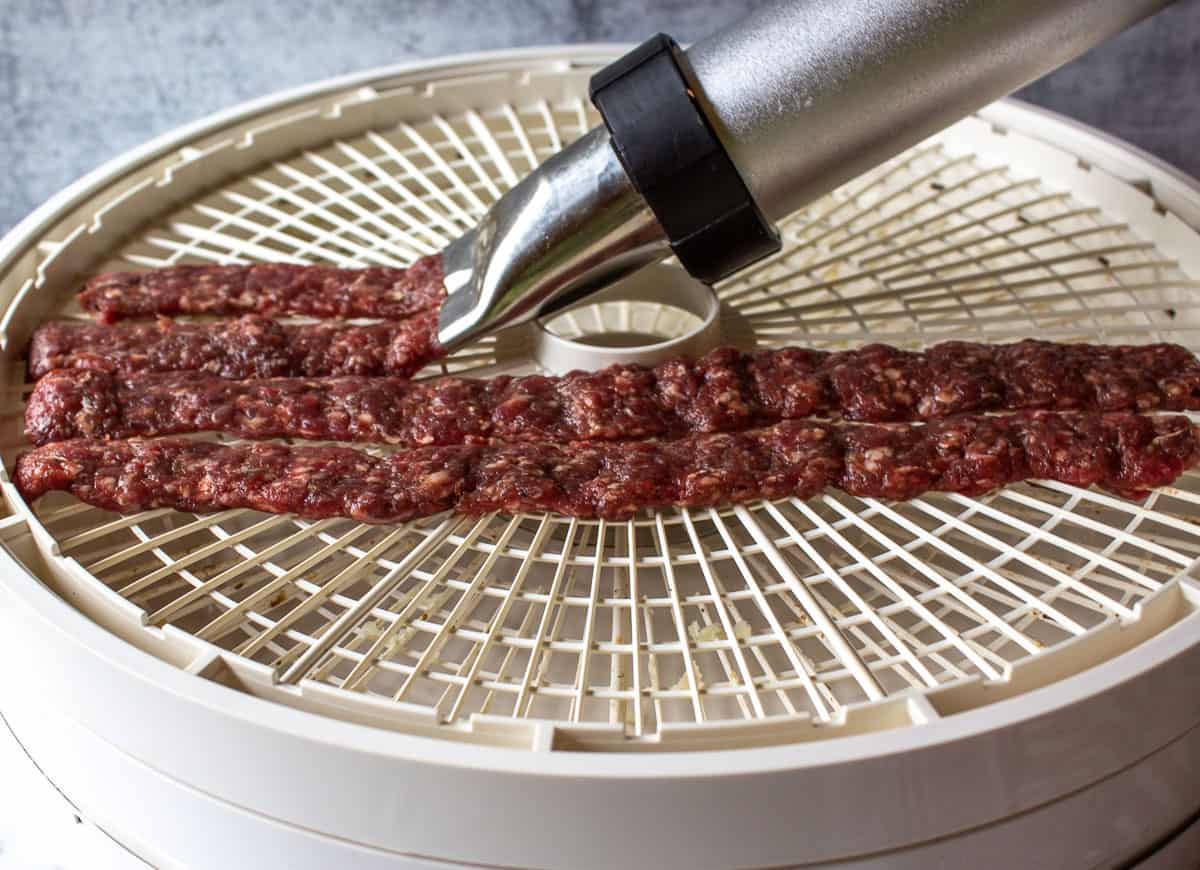

Kitchen Appliances
How To Make Deer Jerky In A Dehydrator
Modified: October 21, 2024
Learn how to make delicious deer jerky in a dehydrator with our easy-to-follow recipe. Elevate your kitchen appliances game and enjoy homemade jerky today!
(Many of the links in this article redirect to a specific reviewed product. Your purchase of these products through affiliate links helps to generate commission for Storables.com, at no extra cost. Learn more)
Introduction
Welcome to the wonderful world of homemade deer jerky! If you're a fan of flavorful, protein-packed snacks that are perfect for on-the-go munching, then learning how to make deer jerky in a dehydrator is a skill worth mastering. Crafting your own jerky allows you to tailor the flavors to your liking, ensuring a delectable and personalized snack that is free from artificial additives and preservatives.
In this comprehensive guide, we'll walk you through the entire process, from selecting the right cut of meat to mastering the art of marinating and dehydrating. Whether you're a seasoned jerky enthusiast or a curious beginner, this step-by-step tutorial will equip you with the knowledge and confidence to create mouthwatering deer jerky in the comfort of your own kitchen.
So, roll up your sleeves, sharpen your knives, and get ready to embark on a jerky-making adventure that will elevate your snacking game to a whole new level!
Key Takeaways:
- Crafting your own deer jerky allows you to customize flavors, ensuring a delicious and personalized snack free from artificial additives. It’s a fun and rewarding adventure for snack enthusiasts of all levels!
- Properly selecting, preparing, and storing the meat is crucial for creating flavorful and long-lasting deer jerky. With the right techniques, you can enjoy protein-packed snacks tailored to your taste preferences.
Read more: How To Store Deer Jerky
Choosing the Right Meat
When it comes to making deer jerky, the choice of meat is crucial to achieving a tender, flavorful end product. Venison, the meat of a deer, is a popular option for jerky due to its lean and protein-rich nature. If you have access to freshly hunted deer, consider yourself fortunate as the freshness of the meat significantly impacts the overall quality of the jerky.
When selecting venison for jerky, opt for cuts that are low in fat and connective tissue. The ideal cuts include the hind leg and backstrap, as they offer a perfect balance of meat and minimal fat, resulting in a delicious and chewy jerky. It's important to trim away any visible fat as it can lead to spoilage during the drying process.
If you don't have access to venison, you can also use beef as an alternative. Look for lean cuts such as sirloin, round, or flank steak. Removing any visible fat and slicing the meat against the grain will ensure a tender and easy-to-chew jerky.
Regardless of the meat choice, it's essential to freeze the meat for a couple of hours before slicing to make it easier to achieve uniform, thin slices. This step is crucial for consistent drying and flavor absorption during the marinating process.
By carefully selecting and preparing the right meat, you set the stage for a flavorful and satisfying jerky that will keep you coming back for more.
Preparing the Meat
Before diving into the jerky-making process, it’s essential to properly prepare the meat to ensure optimal flavor and texture. Once you’ve selected the ideal cut of venison or beef, it’s time to embark on the crucial steps of slicing and seasoning.
Begin by placing the meat in the freezer for a couple of hours to partially freeze it. This firming of the meat will make it much easier to slice thinly and evenly. Using a sharp knife, slice the partially frozen meat against the grain to achieve thin strips, typically around 1/8 to 1/4 inch thick. Ensuring uniform thickness is key to consistent drying and a pleasant jerky-eating experience.
Once the meat is sliced, it’s time to tenderize it. This step not only enhances the texture of the jerky but also aids in the absorption of the marinade’s flavors. You can use a meat mallet or a dedicated tenderizing tool to gently pound the slices, being careful not to break them apart. Tenderizing also promotes even drying, resulting in a uniformly chewy jerky.
After tenderizing, it’s important to season the meat. While traditional jerky recipes often call for a simple blend of salt, pepper, and spices, feel free to get creative with your seasoning. Whether you prefer a smoky, sweet, or spicy flavor profile, the seasoning stage is where you can tailor the jerky to your taste preferences. Ensure that the seasoning is evenly distributed over the meat, allowing it to infuse each slice with mouthwatering flavor.
By taking the time to properly prepare the meat through precise slicing, tenderizing, and seasoning, you’re laying the foundation for a batch of delectable deer jerky that will delight your taste buds with every bite.
Marinate the deer meat in a mixture of soy sauce, Worcestershire sauce, and seasonings for at least 12 hours before dehydrating to enhance the flavor.
Making the Marinade
The marinade is the secret sauce that infuses the meat with irresistible flavor, transforming it into delicious jerky. Crafting a well-balanced and flavorful marinade is a crucial step in the jerky-making process, allowing you to customize the taste to your liking while tenderizing the meat for a satisfying chew.
While there are countless marinade recipes to explore, a classic jerky marinade typically consists of a combination of savory, sweet, and tangy ingredients. Soy sauce, Worcestershire sauce, and a touch of acidity from apple cider vinegar or citrus juice form the base of many jerky marinades, providing a savory umami flavor with a hint of tanginess.
Enhancing the marinade with aromatic elements such as minced garlic, onion powder, and ground black pepper adds depth and complexity to the flavor profile. For those who enjoy a touch of heat, incorporating cayenne pepper, chili flakes, or hot sauce can provide a spicy kick that elevates the jerky’s taste.
For a touch of sweetness, some recipes call for brown sugar, honey, or maple syrup, which not only balances the savory and salty notes but also contributes to the jerky’s desirable caramelization during the drying process.
The key to a successful marinade lies in allowing the meat to marinate for an adequate amount of time, typically ranging from 6 to 24 hours. This duration allows the flavors to permeate the meat, resulting in a rich and well-seasoned jerky.
Feel free to experiment with different marinade recipes, adjusting the ingredients to suit your taste preferences. Whether you prefer a bold and smoky flavor or a sweet and tangy profile, the marinade presents an opportunity to unleash your creativity and tailor the jerky to your desired taste sensation.
By mastering the art of creating a flavorful and well-balanced marinade, you’ll elevate your deer jerky to a delectable snack that is sure to impress friends and family alike.
Dehydrating the Jerky
Once the meat has been meticulously prepared and marinated to perfection, it’s time to embark on the transformative process of dehydrating the jerky. Dehydration is a crucial step that removes moisture from the meat, resulting in a shelf-stable and flavorful snack that can be enjoyed for an extended period.
The most effective and convenient method for dehydrating deer jerky is by using a food dehydrator. This specialized appliance offers precise temperature control and consistent airflow, ensuring that the jerky dries evenly and thoroughly.
Before loading the marinated meat into the dehydrator, it’s essential to blot excess marinade from the slices using paper towels. This step helps to promote efficient drying and prevents the formation of sticky residue on the jerky’s surface.
Arrange the meat slices on the dehydrator trays, ensuring that there is ample space between each slice to allow for proper airflow. Set the dehydrator to the recommended temperature for jerky, typically around 160°F (71°C), and allow the meat to dry for approximately 4 to 6 hours. Periodically check the jerky for doneness, ensuring that it is firm and dry with a slight pliability.
If a food dehydrator is not available, the jerky can also be dried in an oven set to its lowest temperature. Place the marinated meat on wire racks or directly on the oven racks, leaving a small gap to promote airflow. Keep the oven door slightly ajar to allow moisture to escape, and periodically rotate the racks for even drying.
Regardless of the drying method used, it’s crucial to monitor the jerky closely to prevent over-drying, which can result in a tough and leathery texture, or under-drying, which poses a risk of spoilage.
Once the jerky has reached the desired texture, allow it to cool completely before conducting a final quality check. The jerky should be firm and pliable, with no signs of moisture or softness. Properly dehydrated jerky can be stored in airtight containers or resealable bags for long-lasting enjoyment.
By mastering the art of dehydrating jerky, you’ll be rewarded with a bounty of flavorful and protein-packed snacks that are perfect for satisfying cravings on the go.
Read more: How To Make Pork Jerky With A Dehydrator
Storing the Jerky
After the rewarding process of crafting flavorful deer jerky, it’s essential to store it properly to maintain its quality and shelf life. Whether you’ve made a small batch for immediate consumption or a larger quantity for future enjoyment, proper storage is key to preserving the jerky’s texture and flavor.
Once the jerky has been thoroughly dehydrated and allowed to cool, it’s crucial to store it in a manner that minimizes exposure to moisture and air. Airtight containers or resealable bags are ideal for storing jerky, as they help prevent the absorption of moisture and exposure to oxygen, which can lead to spoilage.
When packaging the jerky, consider dividing it into portion-sized servings to minimize the frequency of opening and closing the storage container, reducing the risk of moisture exposure. Additionally, using oxygen absorbers or vacuum-sealing the jerky can further extend its shelf life by minimizing the presence of air, which can lead to rancidity.
For short-term storage, place the packaged jerky in a cool, dry, and dark location, such as a pantry or cupboard. Properly stored jerky can maintain its quality for several weeks, providing a convenient and protein-rich snack for everyday enjoyment.
If you’ve prepared a larger quantity of jerky or intend to store it for an extended period, consider refrigerating or freezing the packaged jerky. Refrigeration and freezing significantly extend the shelf life of jerky, preserving its flavor and texture for several months.
When refrigerating jerky, ensure that it is stored in airtight containers or vacuum-sealed bags to prevent exposure to other odors in the refrigerator. Frozen jerky should be stored in airtight, freezer-safe packaging to protect it from freezer burn and maintain its quality.
Before consuming refrigerated or frozen jerky, allow it to come to room temperature to restore its ideal texture and flavor. Properly stored jerky can be enjoyed as a convenient and protein-packed snack, whether at home, on outdoor adventures, or during travel.
By implementing proper storage practices, you’ll savor the fruits of your jerky-making endeavors, enjoying delicious and satisfying snacks that are readily available whenever hunger strikes.
Frequently Asked Questions about How To Make Deer Jerky In A Dehydrator
Was this page helpful?
At Storables.com, we guarantee accurate and reliable information. Our content, validated by Expert Board Contributors, is crafted following stringent Editorial Policies. We're committed to providing you with well-researched, expert-backed insights for all your informational needs.
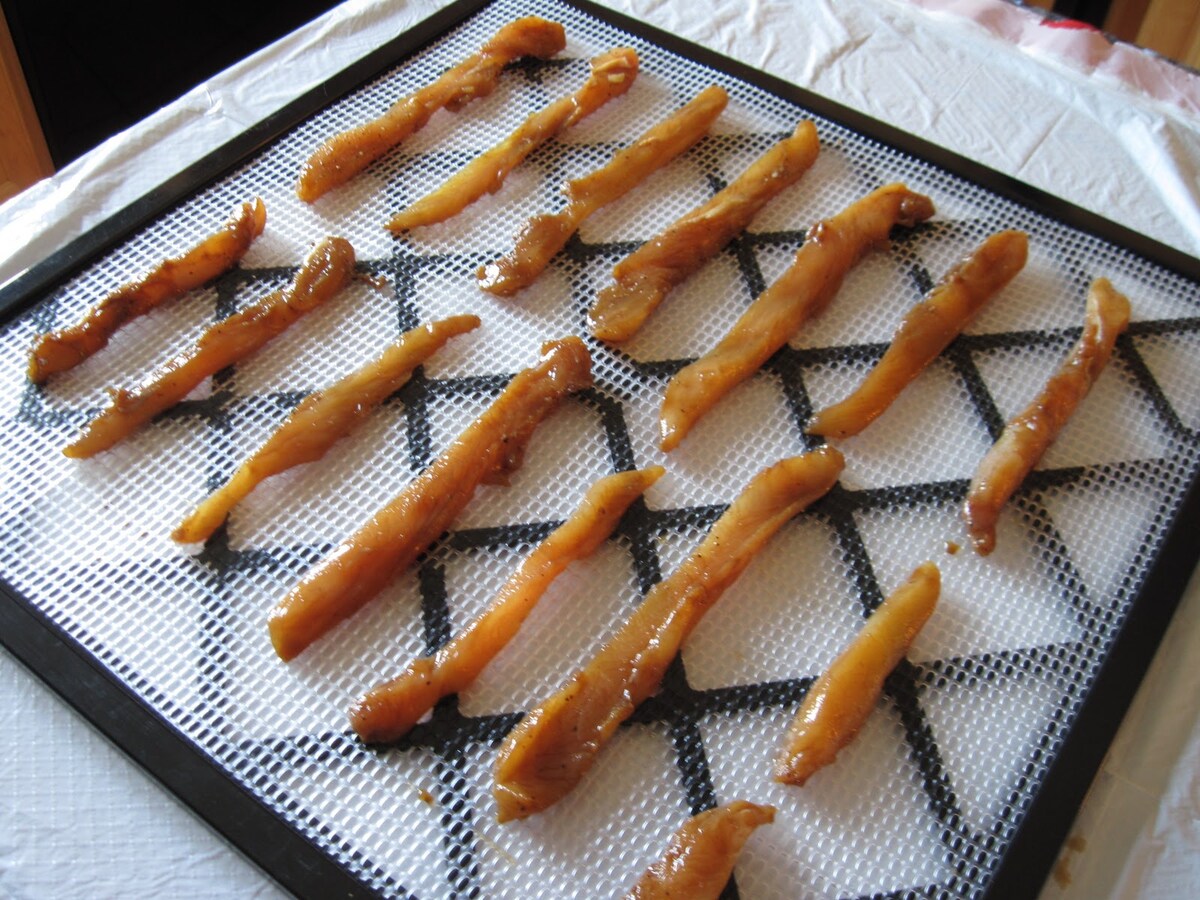
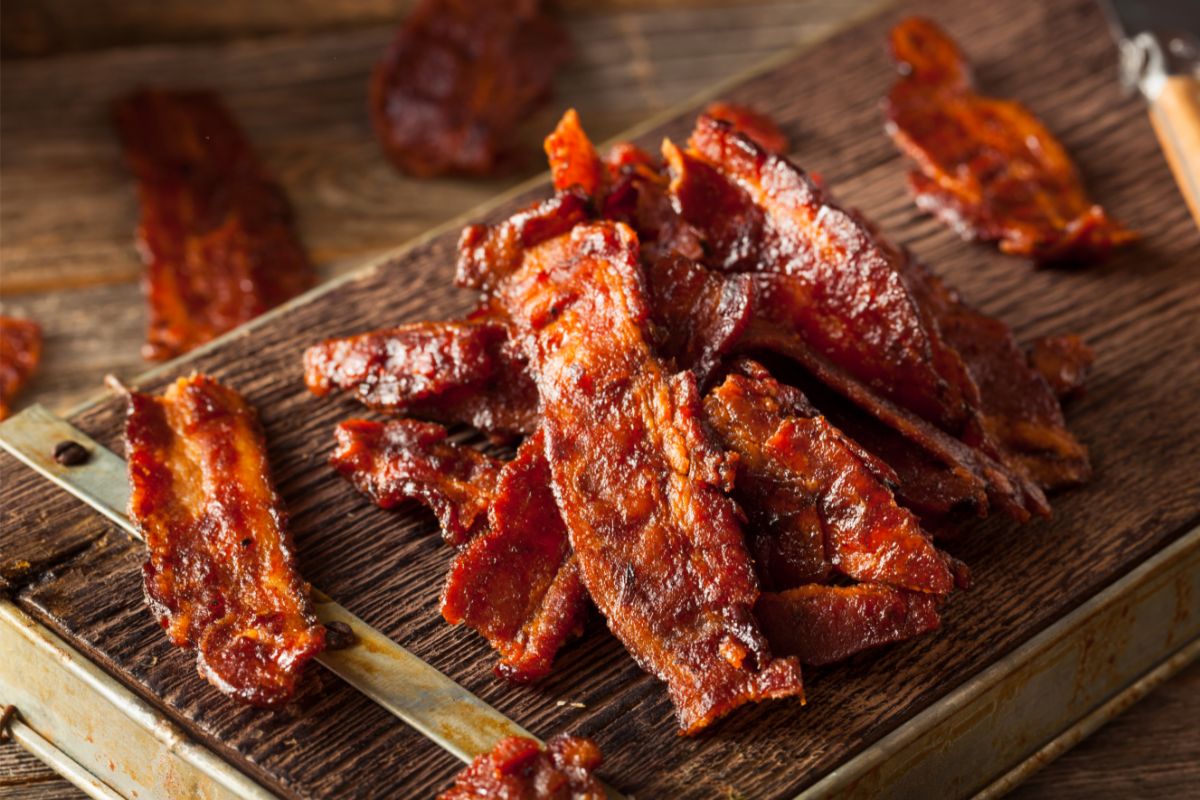
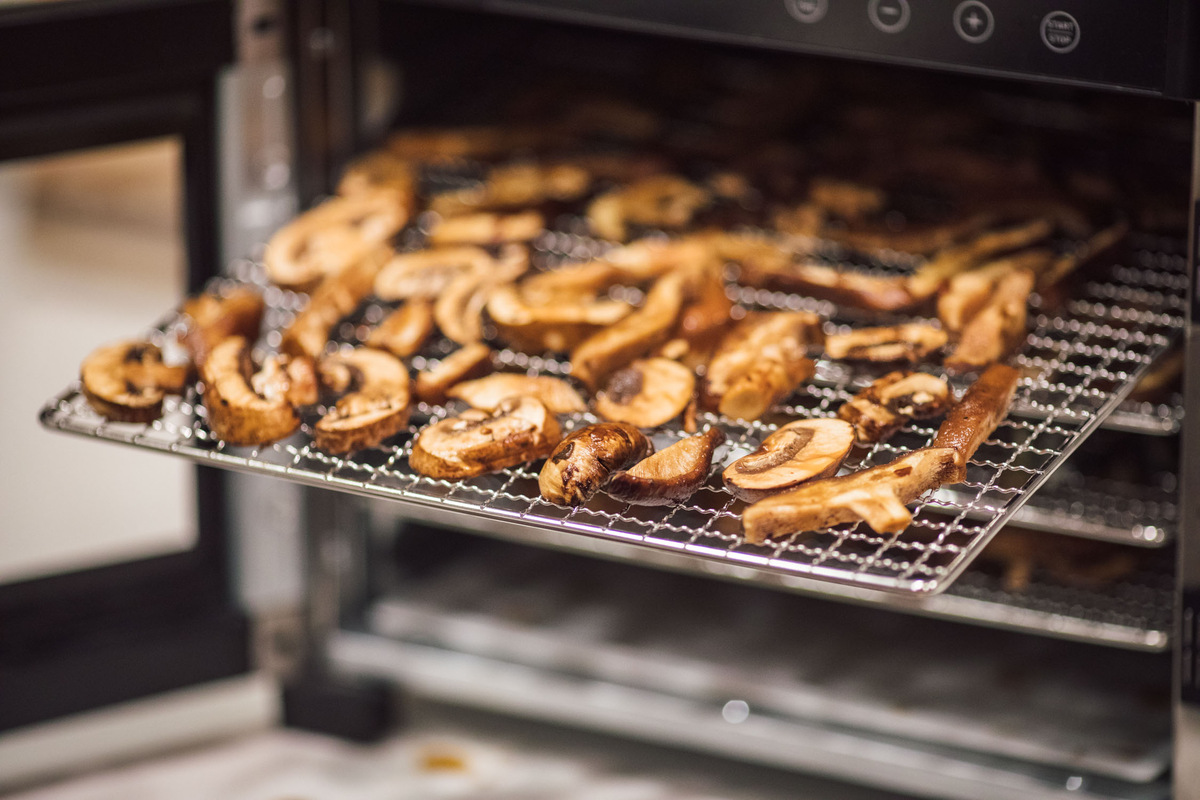
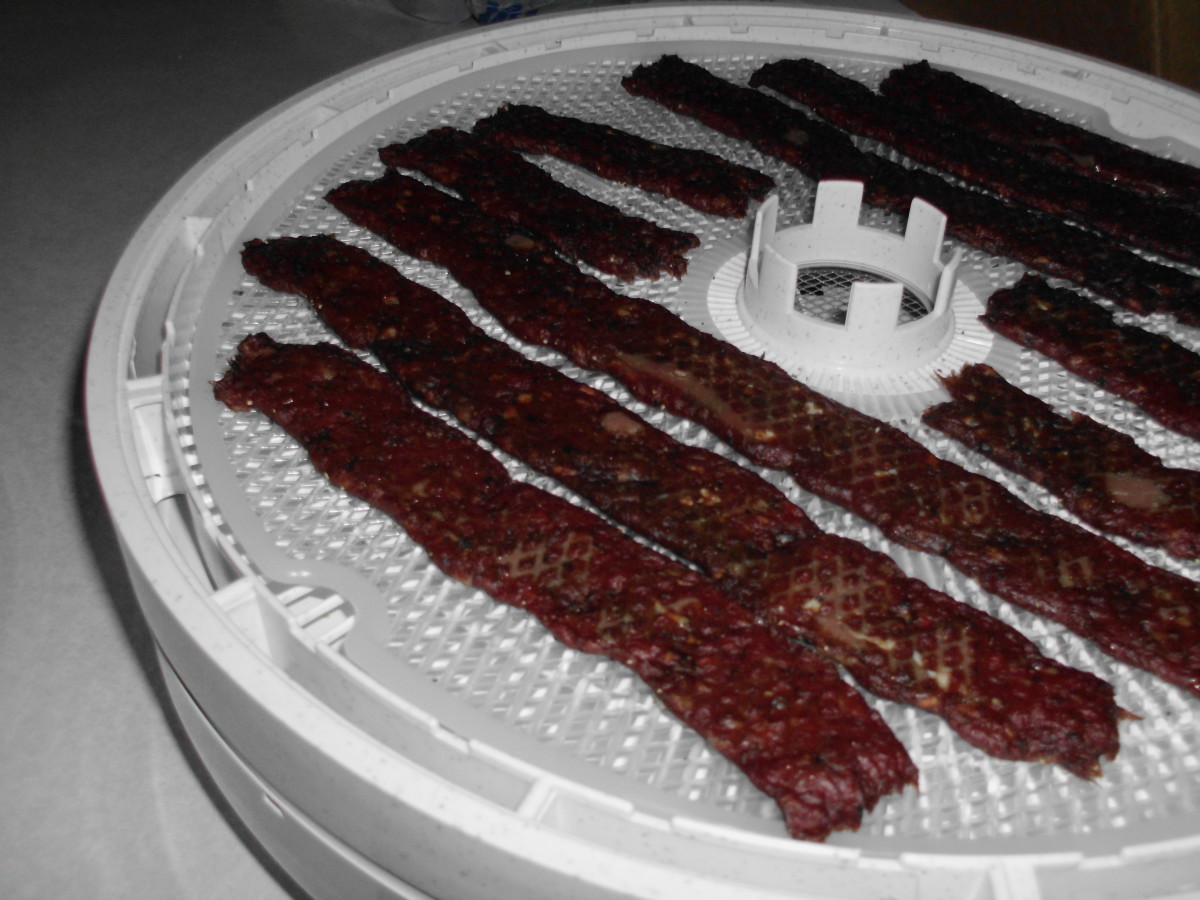
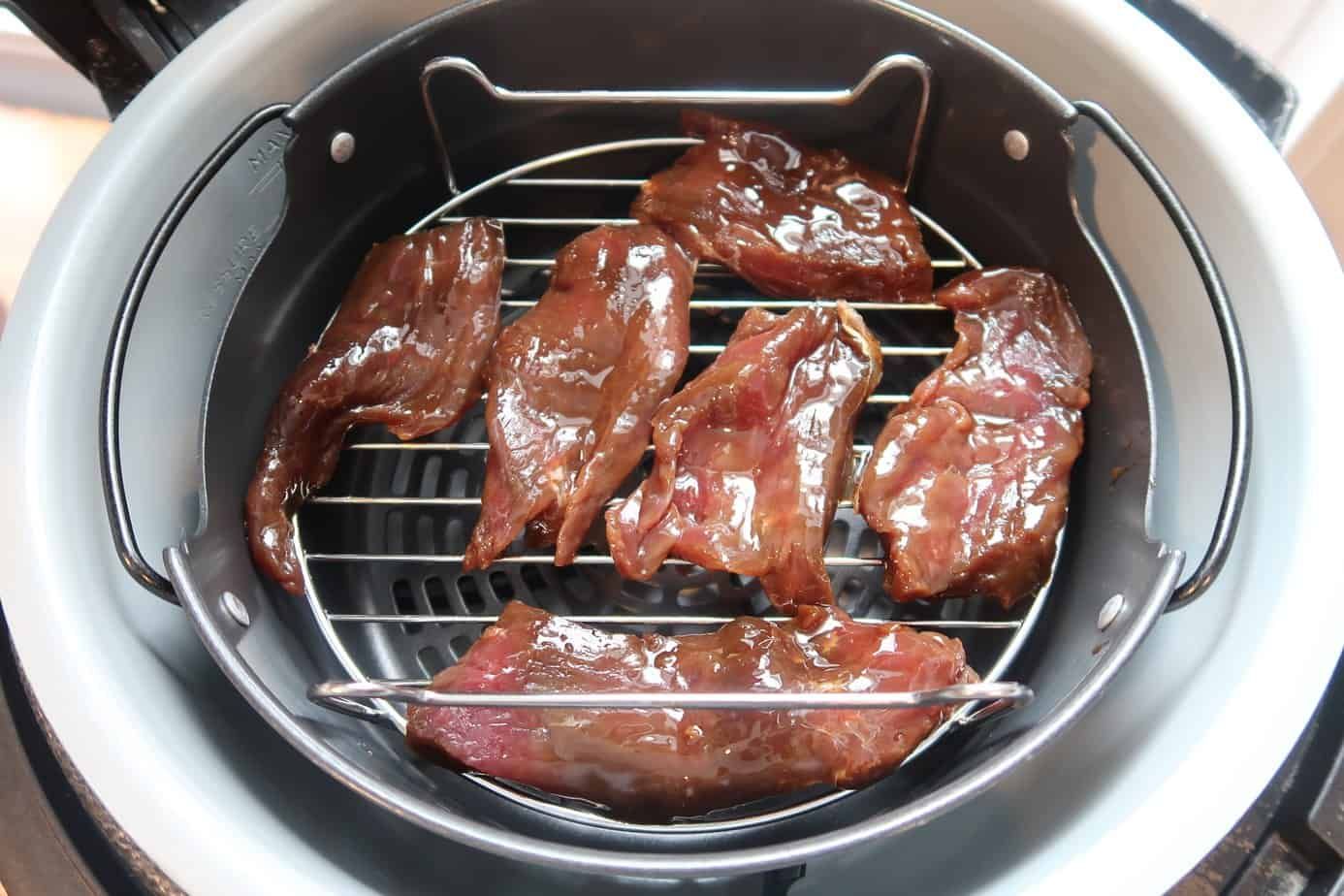
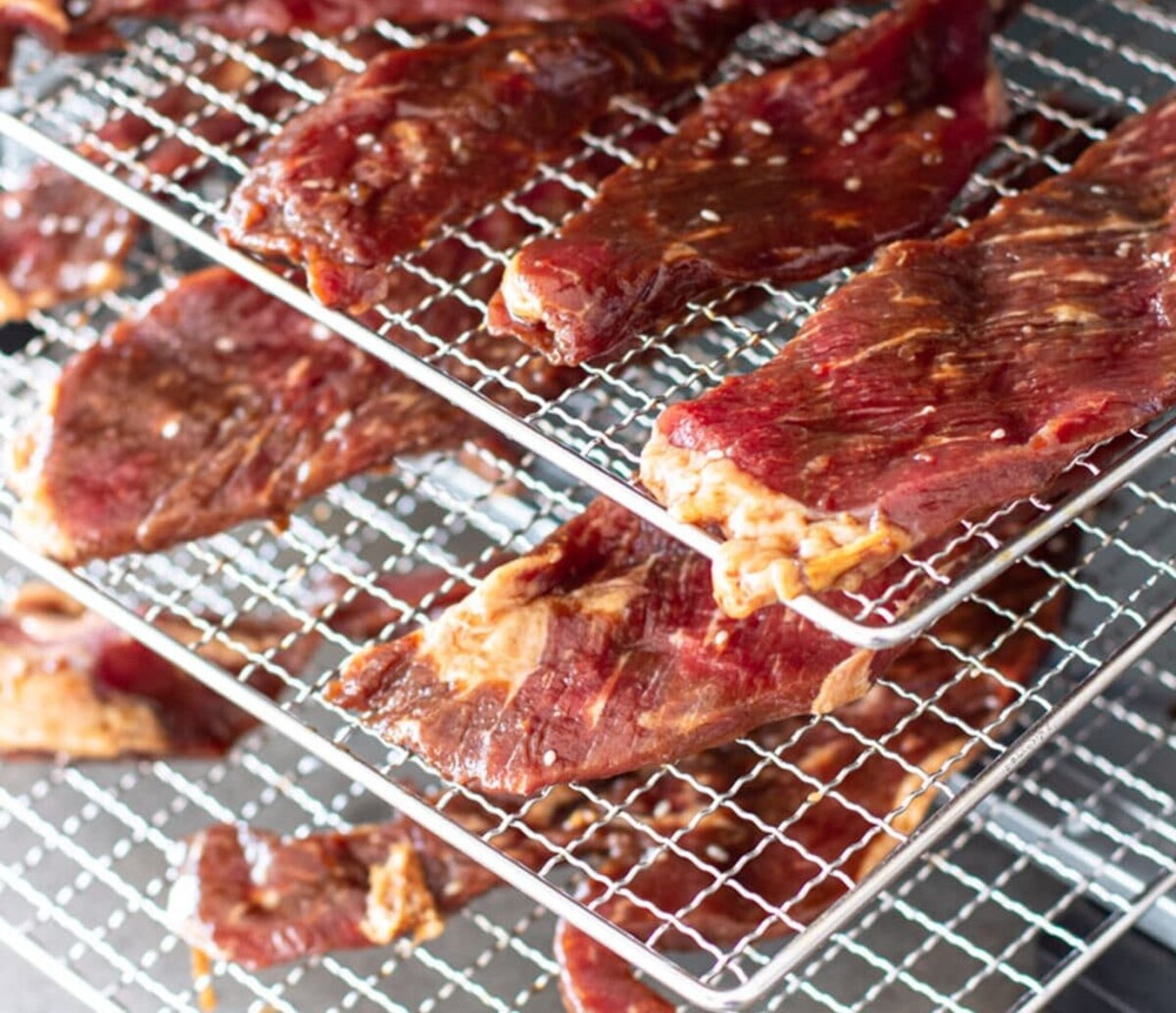
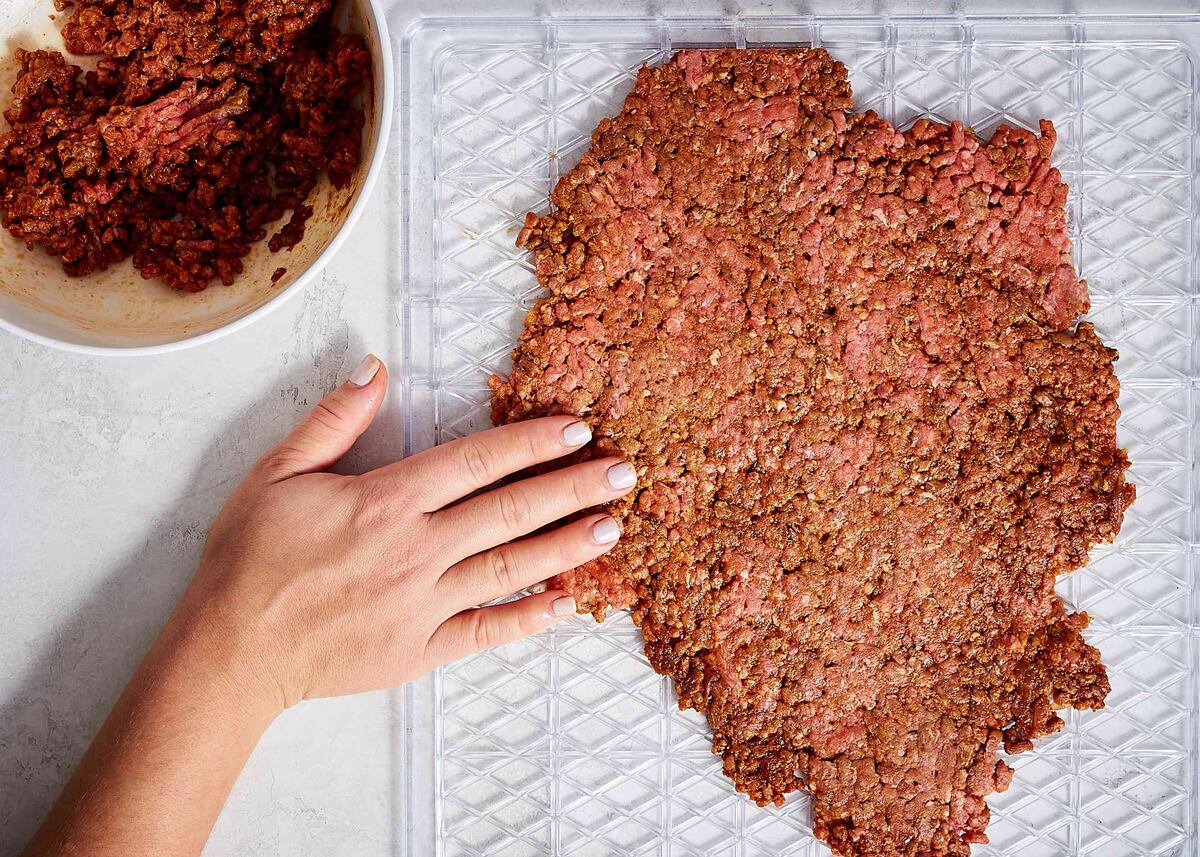
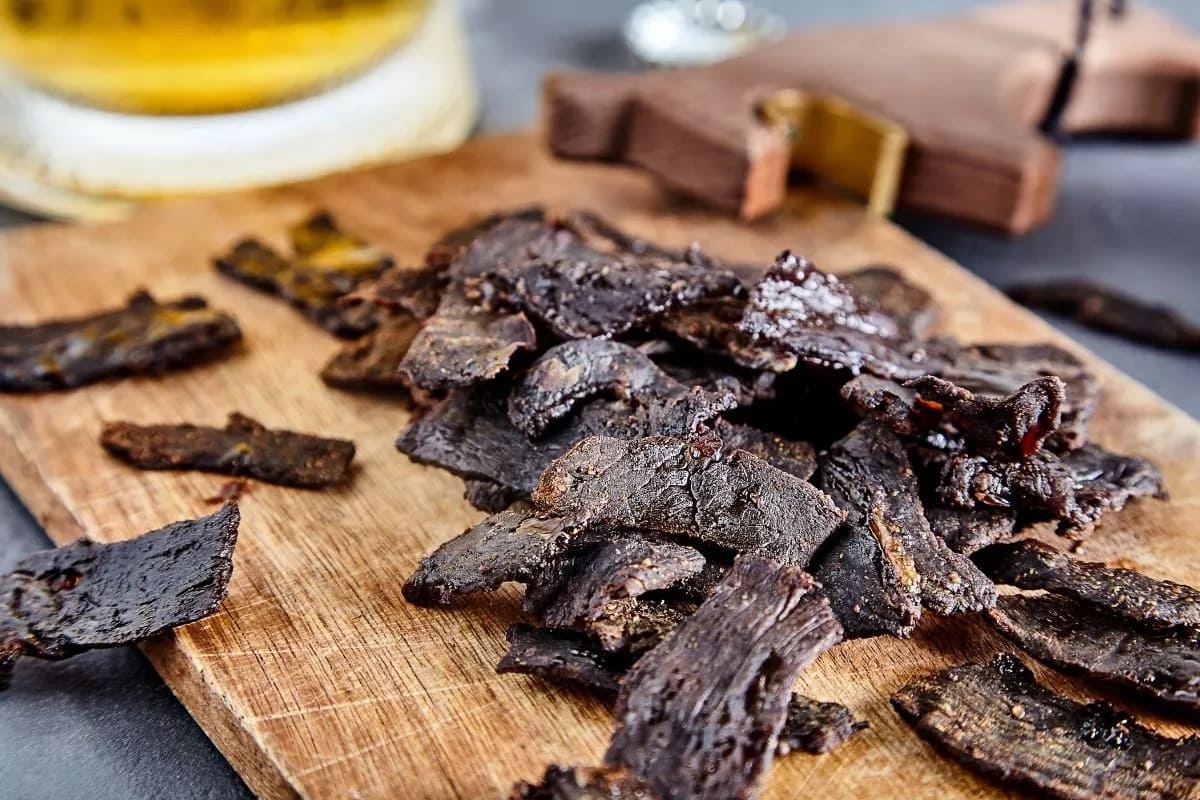
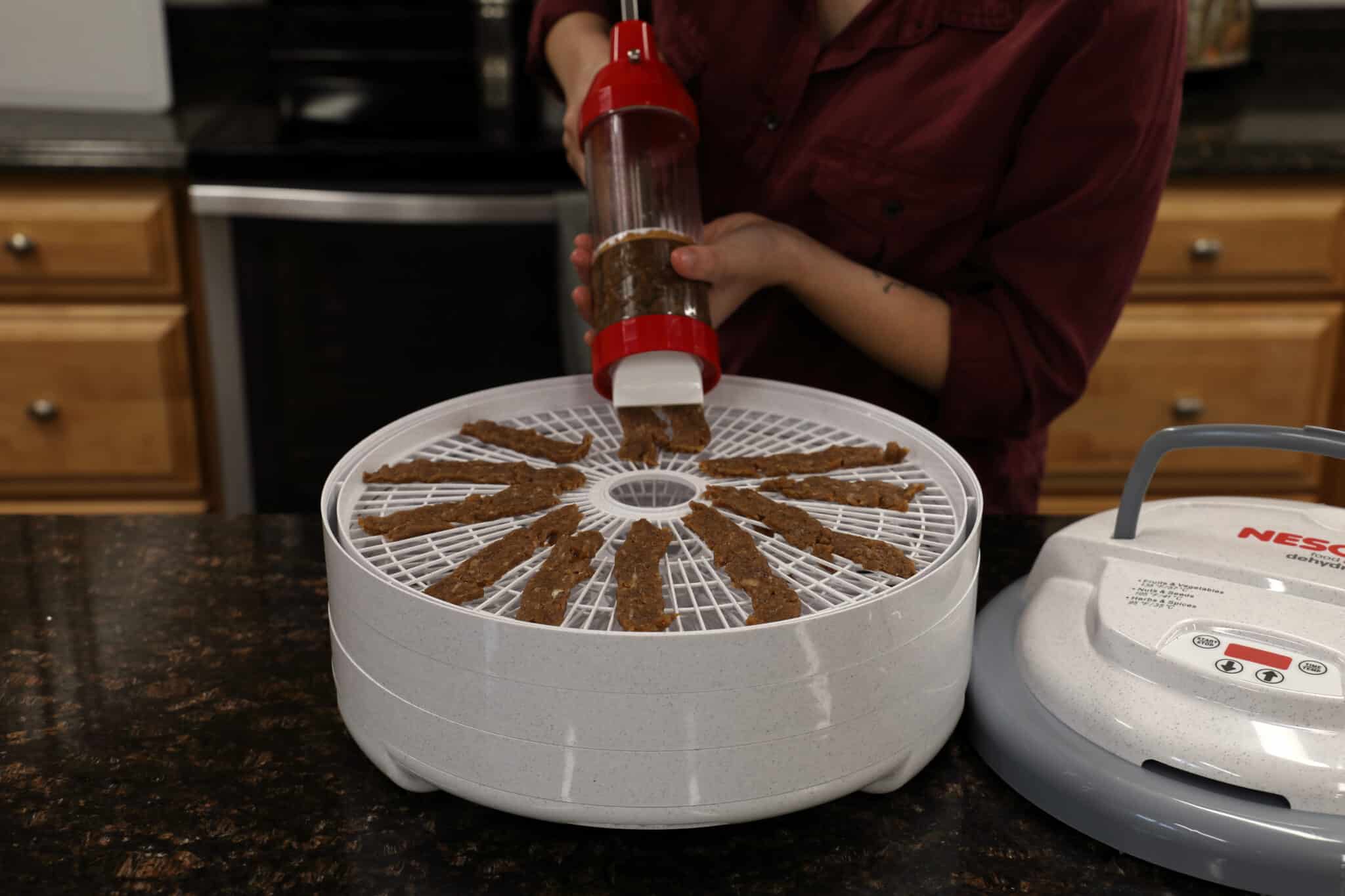
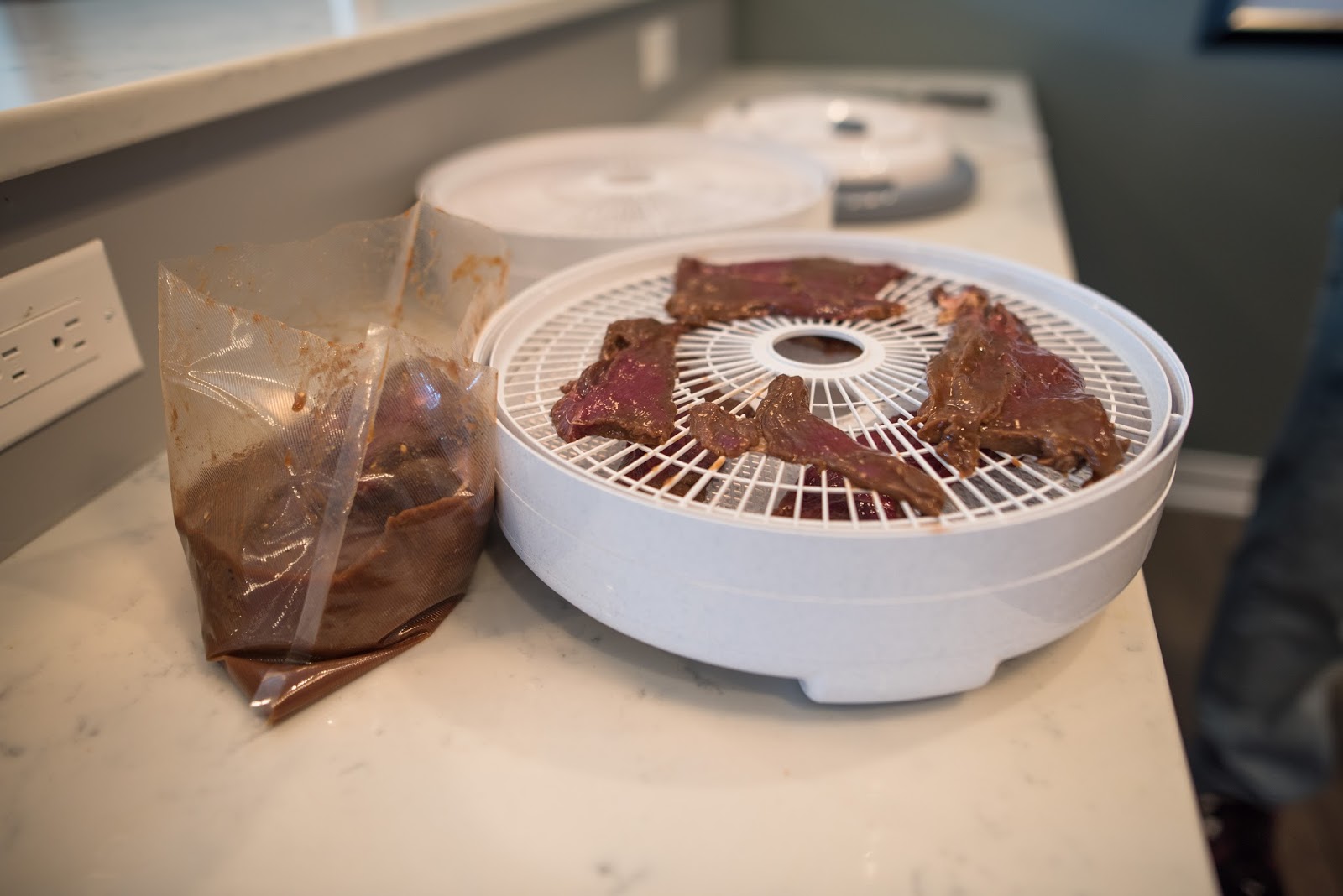
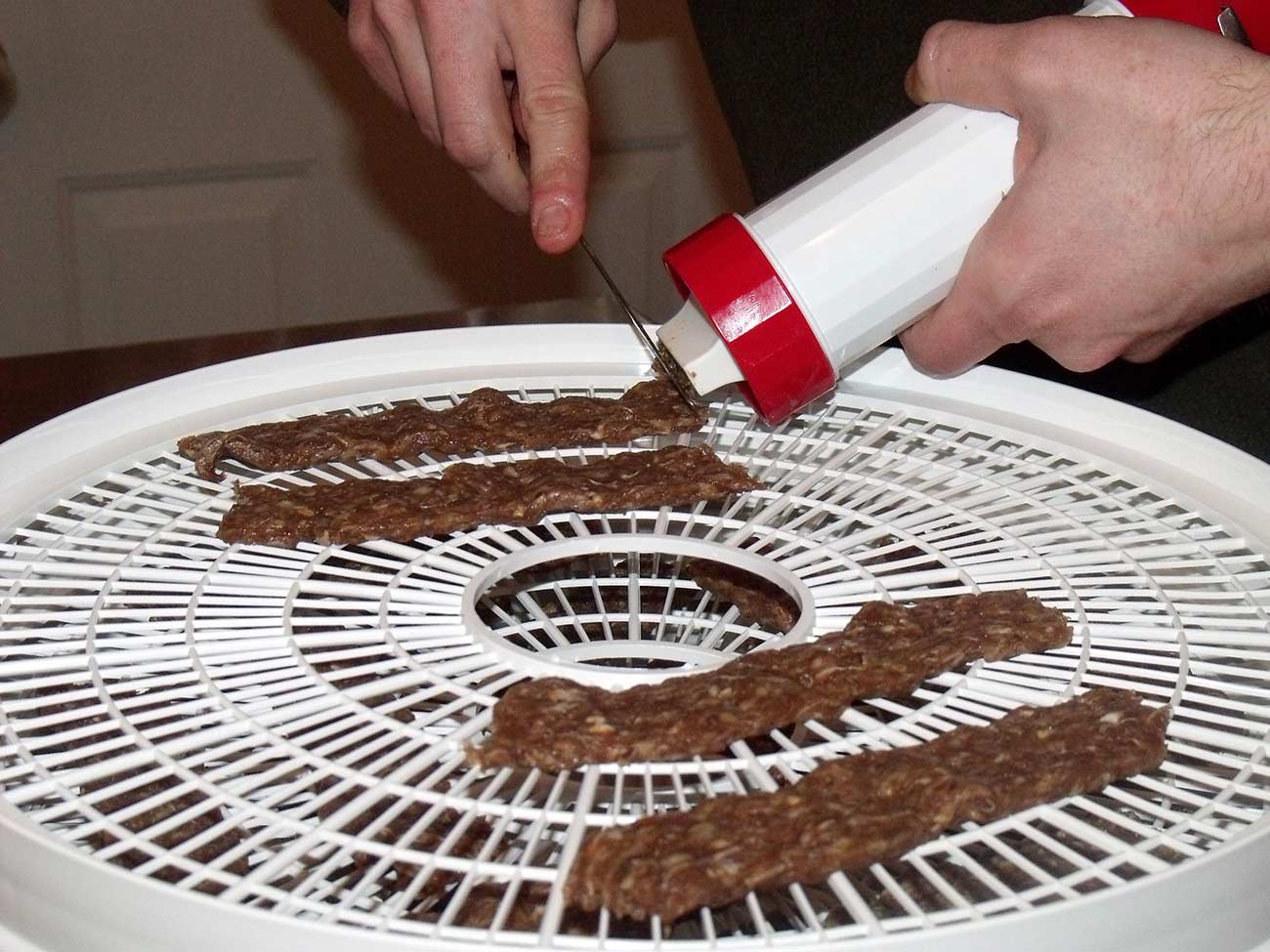

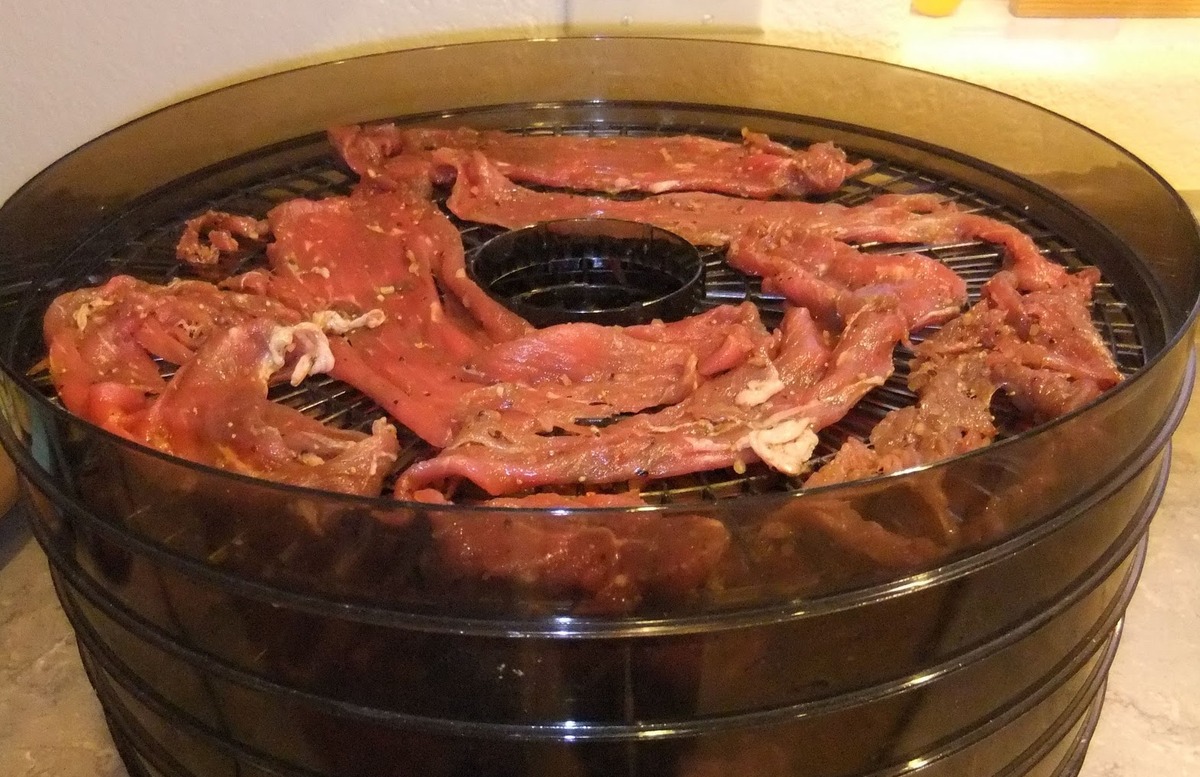
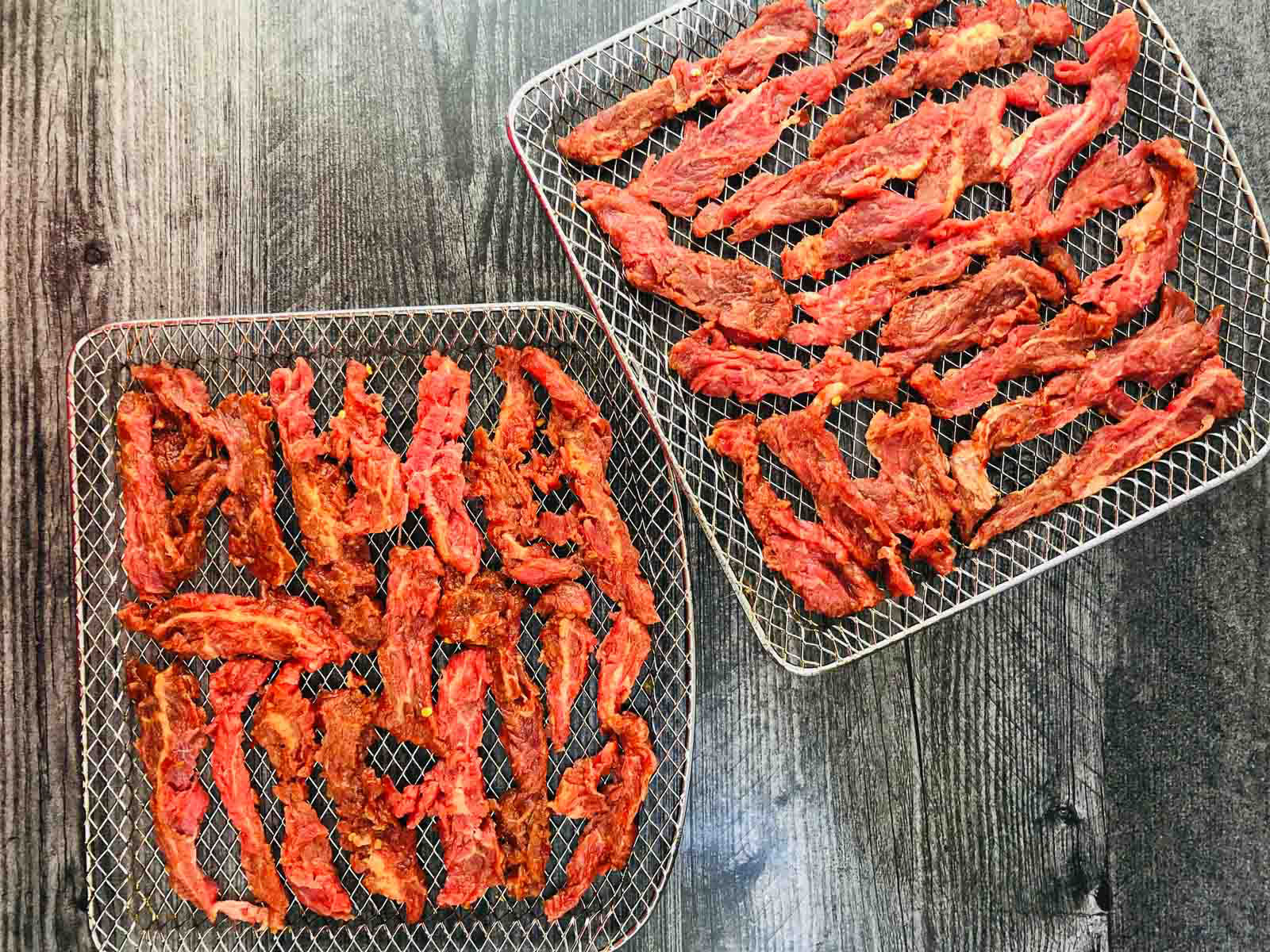

0 thoughts on “How To Make Deer Jerky In A Dehydrator”